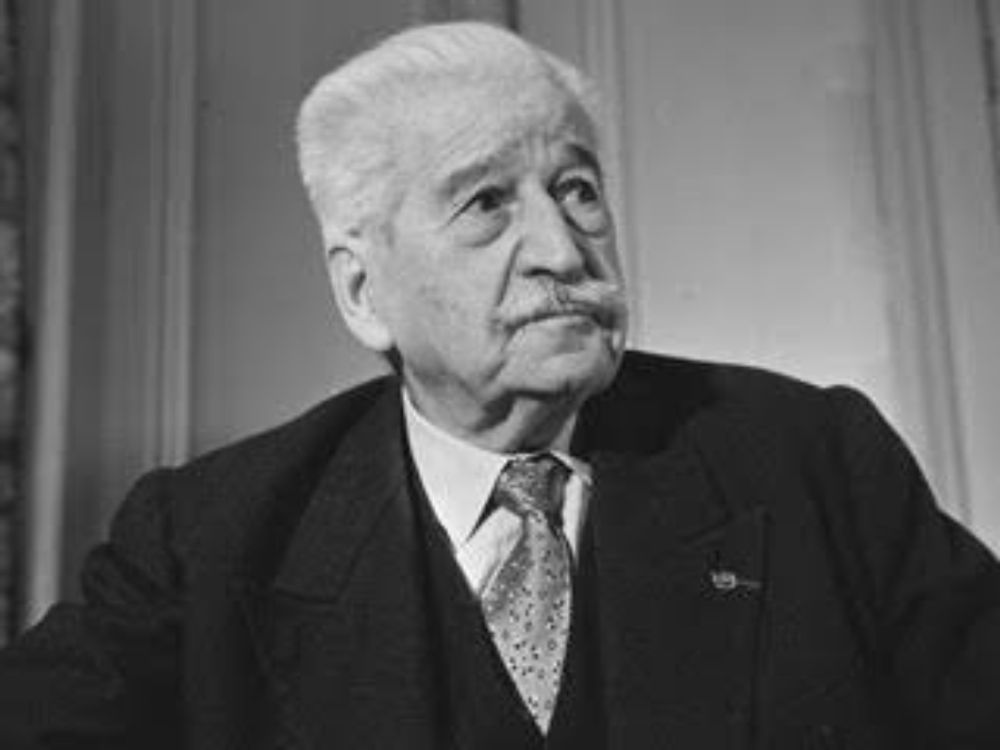French Scientist Edmond Locard's Exchange Principle
Locard's Exchange Principle
- A theory that relates to the transfer of the trace evidence between objects to which they come in contact with.
- In forensic science, Locard's principle holds that the perpetrator of a crime will bring something into the crime scene and leave with something from it, and that both can be used as forensic evidence.
- This principle was first enunciated by the French scientist and criminologist, the pioneer in forensic science, who became known as the “Sherlock Holmes of France” Edmond Locard.

- It states that whenever a contact is established between two surfaces, there will be a mutual exchange of matter across the contact boundary that is when a criminal or his instruments of crime comes in contact with the victim or the objects in its viscinity, they will always exchange some traces with each other.
- According to this principle, it is virtually impossible for a criminal to commit a crime without leaving evidence behind and carrying away with him.
- Likewise, the criminal or his instruments also pickup traces from same contact. If these trace evidences left on the crime scene and accussed are properly examined. These can establish a decisive link between the suspect and the victim or ascertain their presence with the scene of crime, which forms the basis of scientific crime investigation.
- “It is practically impossible for a criminal to commit the crime, especially considering the intensity of a crime, without traces of his presence."
- This elaborates the fact that Locard had a strong belief that no matter wherever the criminal escapes or what a criminal does, how efficient he is, he will always leave something or the other at the scene of crime.
- At the same time, he will also take something back from there along with him. A criminal can leave all sorts of evidences, including fingerprints, footprints, hair, skin, muscles, blood, bodily fluids, pieces of clothing and other types of evidences possible according to the nature of crime.
- By coming into contact with these things at the crime scene, a criminal also takes a part of that scene with him, whether it's dirt, hair or any other type of trace evidence.
- Thus, according to Locard, Whenever two objects come into contact, there is always a transfer of material. The methods of detection may not be sensitive enough to demonstrate this, or the decay rate may be so rapid that all evidence of transfer has vanished after a given time. Nonetheless, the transfer has taken place.



